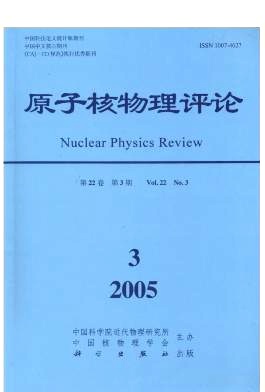Kinetic Repair of Chromosome Breaks of Normal Human Liver Cells Induced by Low LET Rays
doi: 10.11804/NuclPhysRev.22.03.280
- Received Date: 1900-01-01
- Rev Recd Date: 1900-01-01
- Publish Date: 2005-09-20
-
Key words:
- kinetic repair /
- chromosome break /
- human liver cell
Abstract: We employed the prematurely chromosome condensation (PCC) technique to investigate the 48 h kinetic repair of normal human liver cell line L02 exposed to γ-rays. The results showed that chromatidtype and isochromatid-type breaks increased with the dose at 0 h measured by PCC, the number of chromatid-type breaks was several times more than that of isochromatid-type breaks. Further 24 h incubationafter exposed to irradiation, both of these two type breaks decreased in different extent, 50% for chromatid-type one, change of the the main type easy to repair. 15% for isochromatid-type one at most, respectively. chromosome breaks compared with that of 24th h(p〉 0. 05 of the chromosome breaks was chromatid-type after exposed 48th h, there was a slightly ). These results revealed that to low LET rays, also, it was Though the isochromatid-type breaks was obvioously less than that of the chromatid-type one, it was difficult to repair. It implied that the isochromatid-type breaks was the important factor causing cell death and canceration when cells were exposed to irradiations.
| Citation: | Yang JianShe, Li WenJian, Wang JuFang, Wang ZhuanZi, Xia JingGuang, Jin XiaoDong, Gao QingXiang, Wei Wei. Kinetic Repair of Chromosome Breaks of Normal Human Liver Cells Induced by Low LET Rays[J]. Nuclear Physics Review, 2005, 22(3): 280-283. doi: 10.11804/NuclPhysRev.22.03.280 |






 甘公网安备 62010202000723号
甘公网安备 62010202000723号 DownLoad:
DownLoad: